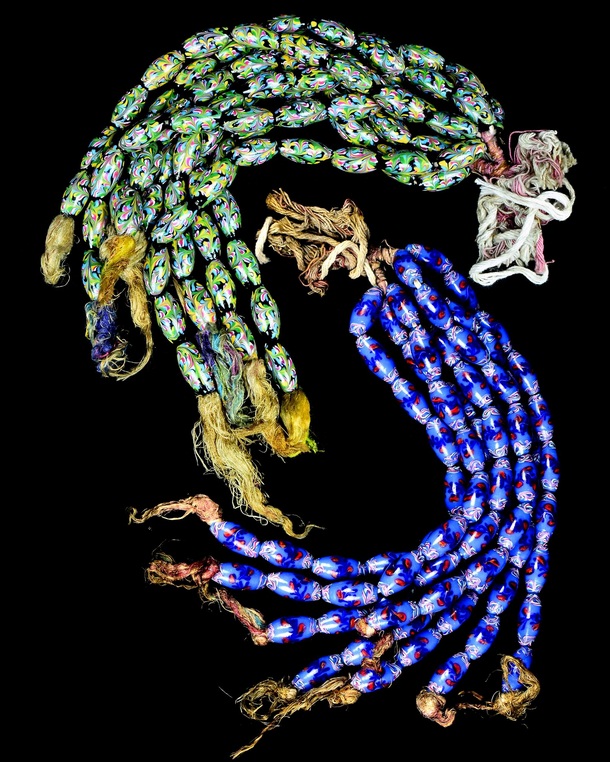cctm collettivo culturale tuttomondo Giovanni Battista Franchini (Italia)
Giovanni Battista Franchini (1804-1873) è stato un maestro vetraio muranese.
È noto soprattutto per l’invenzione di canne millefiori più sottili e complesse e con disegni diversi dalla tradizionale stella tipica di questa tecnica. La sua innovazione permise la realizzazione di stupefacenti ritratti miniaturizzati in vetro, perlopiù dedicati a personaggi celebri dell’epoca come Garibaldi, papa Pio IX e l’imperatore Francesco Giuseppe. Questi ritratti furono realizzati soprattutto dal figlio Giacomo Franchini, che si specializzò in questa forma d’arte molto richiesta.
L’attività di Giovanni Battista Franchini si colloca in un periodo di crisi per i vetrai muranesi, durante il quale la riscoperta di tecniche antiche come il vetro murrino contribuì a rilanciare il settore. Il vetro murrino consiste nell’accostamento a freddo di sezioni di canne di vetro di colori e forme diverse, poi compattate a caldo per creare un mosaico policromo. Giovanni Battista Franchini migliorò questa tecnica, creando canne millefiori di grande finezza e complessità.
Oltre ai ritratti in vetro, Franchini produsse anche perle a lume di alta qualità e innovò alcune tecniche nel settore del vetro artistico muranese, conquistando alta considerazione nel suo campo.

foto: Giovanni Battista Franchini, Mazzi di perle di vetro a lume con decorazioni fiorate, Bundles of lampwork glass beads with floral motifs, prima metà del XIX secolo – ubicazione Murano, Museo del Vetro – by Augusto Panini – fair use
Giovanni Battista Franchini (1804–1873) was a master glassmaker from Murano.
He is chiefly remembered for his invention of millefiori canes that were finer, more intricate, and featured motifs beyond the traditional star pattern typical of this technique. This breakthrough enabled the creation of extraordinary miniature glass portraits, often depicting prominent figures of the time such as Garibaldi, Pope Pius IX, and Emperor Franz Joseph. Most of these portraits were executed by his son, Giacomo Franchini, who became highly specialized in this distinctive and much-admired art form.
Franchini’s work emerged during a period of decline for Murano glassmakers, when the revival of ancient techniques—such as murrine glass—helped breathe new life into the craft. Murrine are made by arranging cross-sections of colored glass canes of varying shapes and hues, then fusing them under heat to form a vivid mosaic. Franchini refined this method, producing millefiori canes of remarkable delicacy and complexity.
Beyond portraiture, Giovanni Battista Franchini also crafted high-quality lampwork beads and introduced innovations within the field of Murano artistic glass, securing lasting recognition and esteem in his craft.
_
cctm collettivo culturale tuttomondo Giovanni Battista Franchini (Italia)
